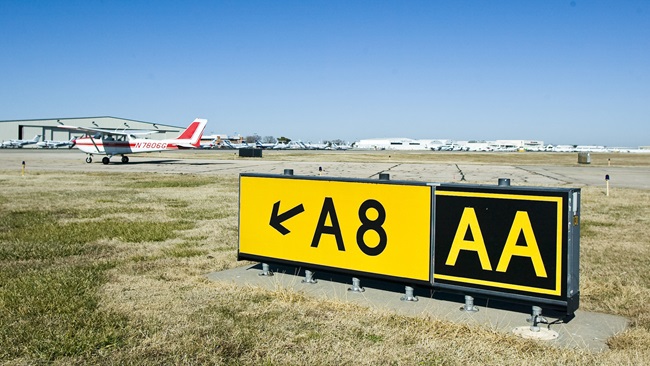We're teaching stalls all wrong
An argument for more advanced training
Repeat after me: Reduce power, hold the nose back, add full flaps, maintain altitude until the stall, lower the nose, add full power, and reduce flaps in increments. Bored yet?
I bet you’ve flown the power-off stall routine around 50 times. If you have any sort of pilot certificate you’ve demonstrated one on a practical test. You have probably shown you can lose less than roughly 100 feet if you have a private certificate, and less than about 50 feet if you have a commercial certificate. Gold star. It’s too bad most of that proficiency is useless.
The problem is that the stalls we induce and experience in training usually only occur in training. A straight ahead, 1G stall isn’t a common sight in the accident record. I suppose you could argue that’s because we train it so well that these accidents are avoided in the real world. But think about your own flying and you will agree that a straight-line gradual slowing down to the point of a stall just doesn’t happen very often in the natural course of flying. And how many pilots do you know who have saved the aircraft during an inadvertent 1G stall? I know one.
Consider how dynamic flying is, and the accident record, and what’s much more likely is that the airplane stalled while the pilot was distracted, in a turn, at low altitude, or in an otherwise dangerous situation.
One reason pilots are so sketchy on the details of the relationship between stall speed and load factor is that they’ve never performed an accelerated stall. By the same token most pilots can recite that exceeding the critical angle of attack is what causes a stall. But until you bank 45 degrees at 60 knots and pull into a stall, or until you are in an aerobatic airplane pointed straight at the ground only to pull up and feel that stick break in your hand, understanding why airplanes stall is theoretical.
We are also focusing on the wrong thing. You can imagine on the first day of the first airport at the completion of the first traffic pattern the instructor telling the student to watch out for the base-to-final turn. And while it’s true that stalls and spins happen at this critical point in the pattern, an Air Safety Institute analysis found the much bigger risk is during takeoff. Based on an analysis of all stall accidents between 2000 and 2014, the institute found that about half of noncommercial stalls occurred in the traffic pattern. Fewer than 4 percent of those were turns from downwind to base, or from base to final. More than 50 percent were during takeoff and climb, and almost 18 percent were during go-arounds. Not only are we practicing the wrong stalls, the stalls that we are practicing aren’t being properly applied to the situations they are meant to prevent.
The bottom line is that airplanes can stall in unaccelerated level flight. But you would have to be completely asleep at the yoke to become victim to such an absurd setup. No, most stalls happen by surprise, quickly, unpredictably, and usually in stressful situations.
We must do better at teaching stalls. The private pilot stall series is like sight words to a preschooler: You can recognize them and point them out, but you aren’t yet reading. We should be doing accelerated stalls, turning stalls, inadvertent stalls, and secondary stalls in training. We need to get beyond sight words and into Tolstoy.




